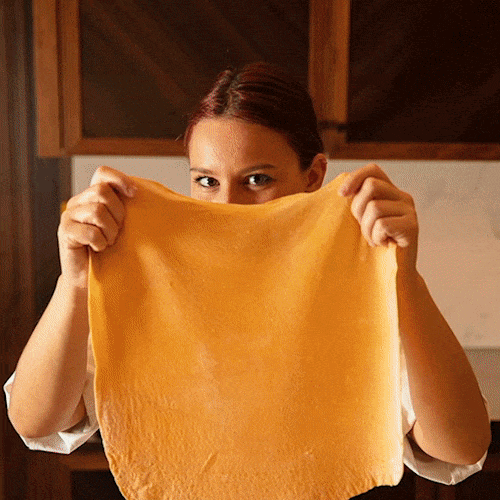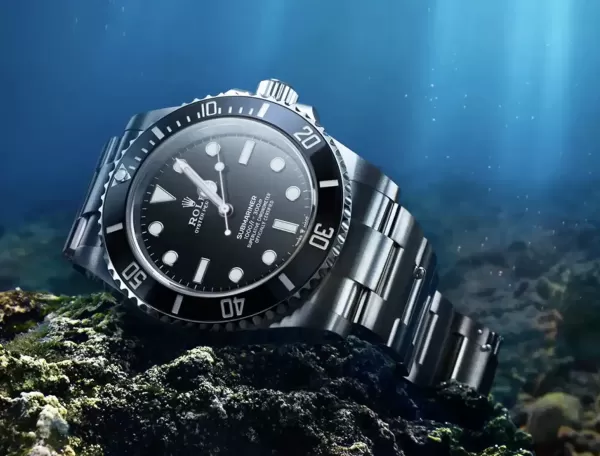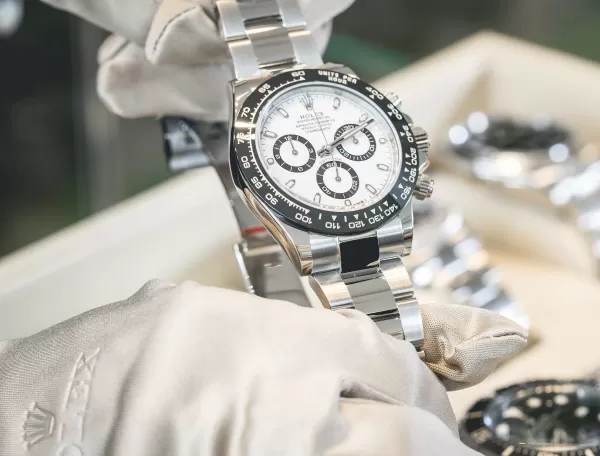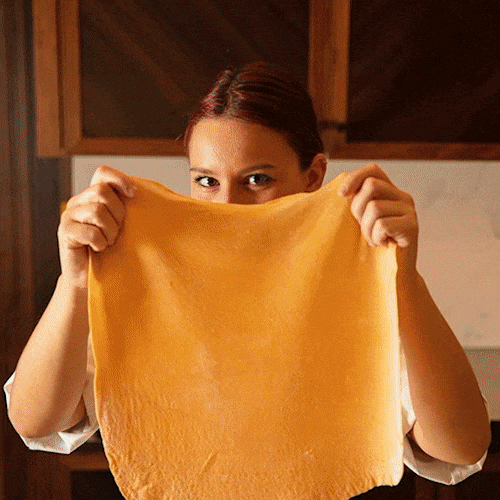Rapha is cycling's coolest brand. Here, founder Simon Mottram talks business, bikes and how he underestimated Bradley Wiggins.
Having launched the stylish cycling company, Rapha, in 2004, you could be forgiven for thinking its charismatic founder, Simon Mottram, was something of a visionary. After all, just a few years later, inspired by the exploits of Bradley Wiggins, Chris Hoy, Victoria Pendleton and company at the 2008 Beijing Olympics, a nation rekindled its love affair with the sport, and Rapha was ideally positioned to take advantage of this extraordinary cycling boom.
A decade on, however, and Mottram laughs off any suggestion that the Beijing gold rush, and the UK's subsequent rush to embrace all things two-wheeled and lycra, was part of his masterplan.
"I didn't know it was going to happen at all," he says. "In fact, my good friend who set up the magazine Rouleur with us, enjoys reminding me of a conversation we had in 2005 or so, where I said Bradley Wiggins would never win the Tour de France. Fast-forward 10 years and he'd won it and we were working closely with him [Rapha kitted out Team Sky from 2013 to 2016]. So, yes, there was a touch of serendipity."
Today, having sold Rapha in 2017 for a cool £200 million to the private equity firm, RZC Investments (run by the Walmart heirs, Steuart and Tom Walton), Mottram can afford to be bashful. But the truth is that without his persistence and passion, Rapha would never have made it out of the starting blocks. In the early 2000s, cycling certainly wasn't the easy sell it is today.
"It wasn't seen as being aspirational in any way," Mottram says. "If people knew about cycling, they knew about the Tour de France or people looking a bit silly in their commuter clothes. It was seen as a fringe activity for fringe-like people, whereas if you went back 50 or so years, it was a hugely popular sport and an important way of getting around. Everyone rode bikes in the 1930s and '40s. But we seem to have forgotten that."
Fuelled by disillusionment with the clothes and products that were commonplace at the turn of the century, and motivated by a sense the cycling industry didn't have a passion for the sport, he went for it. "All the demographic and lifestyle trends pointed towards cycling becoming more and more relevant," he says. This could have been dismissed as a sign of middle-aged ennui, if his hunch hadn't be proved to be so correct. "I was a customer who enjoyed riding his bike," he says. "And I felt every time I went into a bike shop or read a cycling magazine or looked at anything to do with the sport, it just wasn't very inspiring. It was a classic story of a customer and an enthusiast who was frustrated by what was on offer and had the probably foolish self-belief that he could do it better."
Thankfully, he could. With a stylish sense of aestheticism at the heart of Rapha ("Design was a discipline that seemed to have passed the cycling world by – apart from the bicycles"), Mottram aimed to tap into cycling's inherent beauty.
"There's something graphic about it," he says. "It's always been a sport that really seems to appeal to architects and people that work in design. They love the whole engineering side of it and the beauty of the bike in the landscape and in motion. It's a compelling sport with a rich history. So I wanted to produce better products; that worked better, but also looked better, too. I didn't see why we had to compromise between the two."
Being first wasn't without its challenges, though. As Mottram concedes, Rapha (named after the San Raphaël drinks brand that sponsored one of the first pro cycling teams in the '50s and '60s) had to do everything from scratch. And while today, Rapha seems to have cracked persuading British 'mamils' (middle-aged men in lycra) to fork out upwards of £100 on a cycling jersey, there's still work to be done globally.
"A lot of people are still very down on cycling, which I find very odd," he says. "It's still a constant battle to persuade people in certain parts of the world, and certain communities, that cycling is this aspirational, wonderful thing." Mottram is nothing but diligent, though. He jokes that Rapha is an exercise in having grand plans, and to that end he has a number of short-term plans – to engage more and more people in the activity – and some rather grander, long-term strategies inextricably linked to the success of cycling as a sport.
"If cycling remains this niche thing for slightly odd people and mamils each weekend, then to me that's not success," he says. "What success looks like long-term in 50 years, or 20 years, or whatever, is when cycling is the most popular sport in the world. And that's what I think we should aim for, because everyone will be happier, and healthier, and more connected with the world and each other, if we're all cyclists."
With a touch of serendipity and a terrific amount of design, back on him achieving his goal.
Contact your Lifestyle Manager to find out how you can get involved in cycling in your region. Or If you'd like to join Quintessentially Foundation on its next Bike Ride in 2019, raising money for charity, please get in touch: [email protected] for more details.
Man in the Saddle
30 June 2020

More to explore

NOTED
Stay in the know with our monthly newsletter – a complimentary edit of everything new and noteworthy in the luxury world.
By signing up to the newsletter you confirm you have read & agree to the Privacy Policy.



